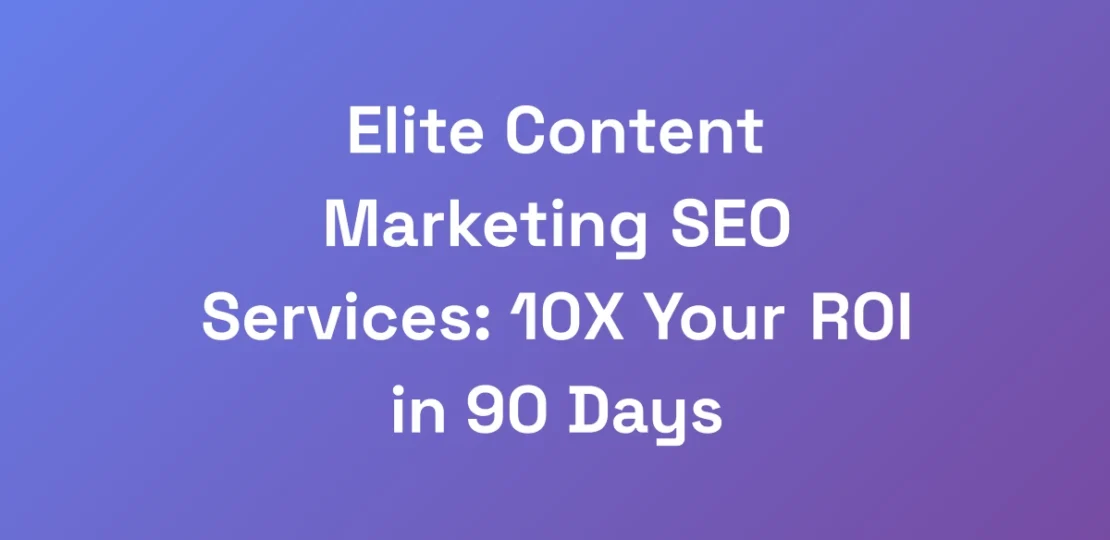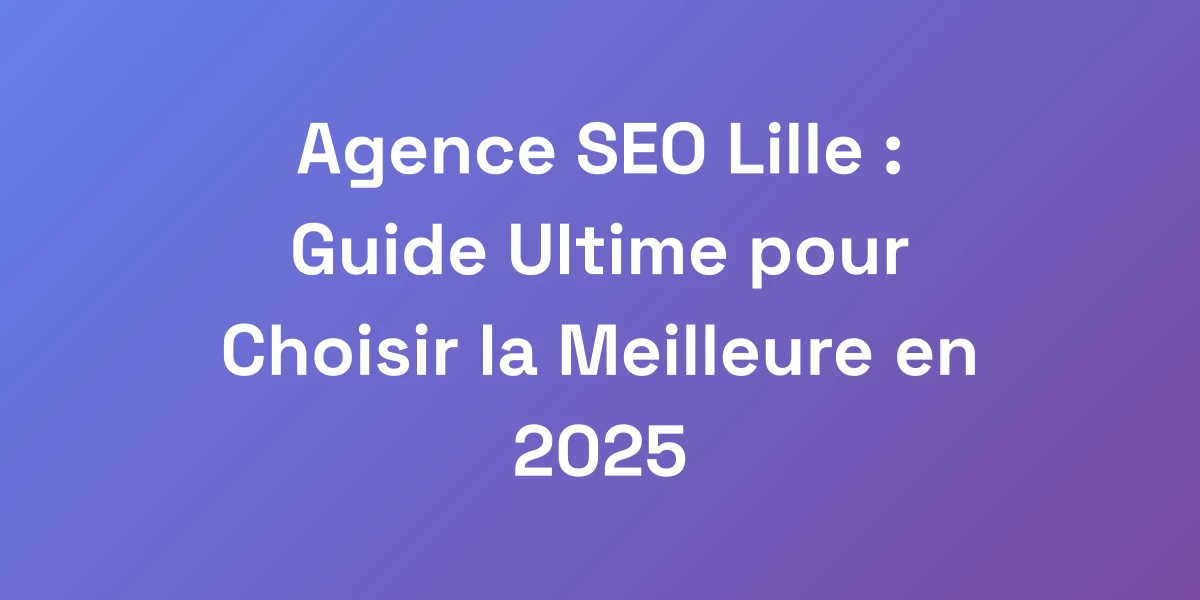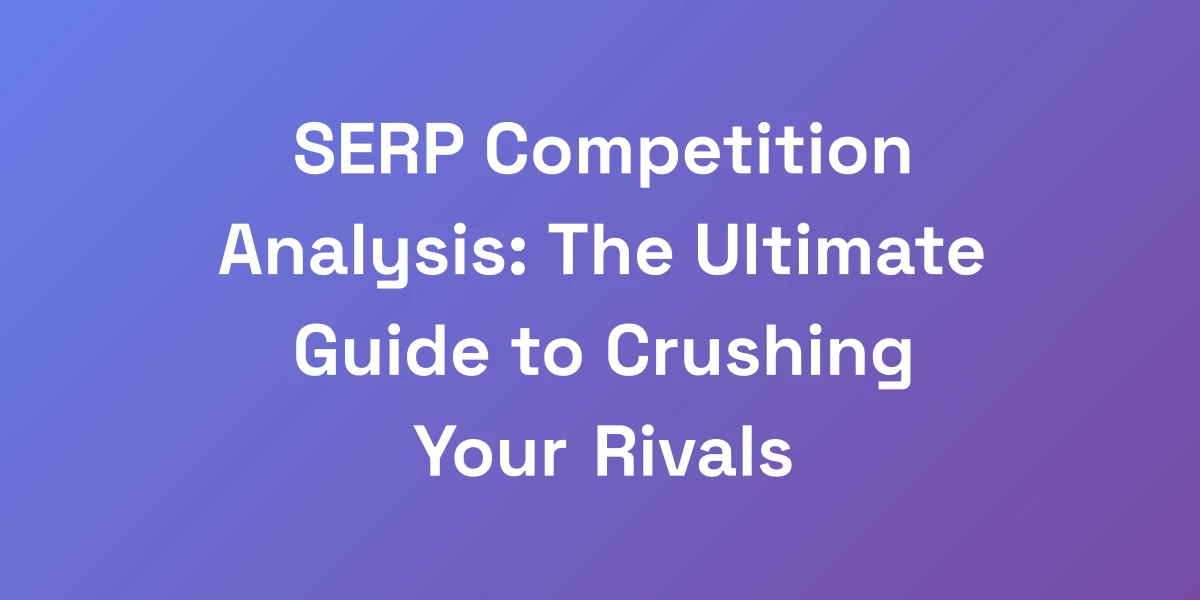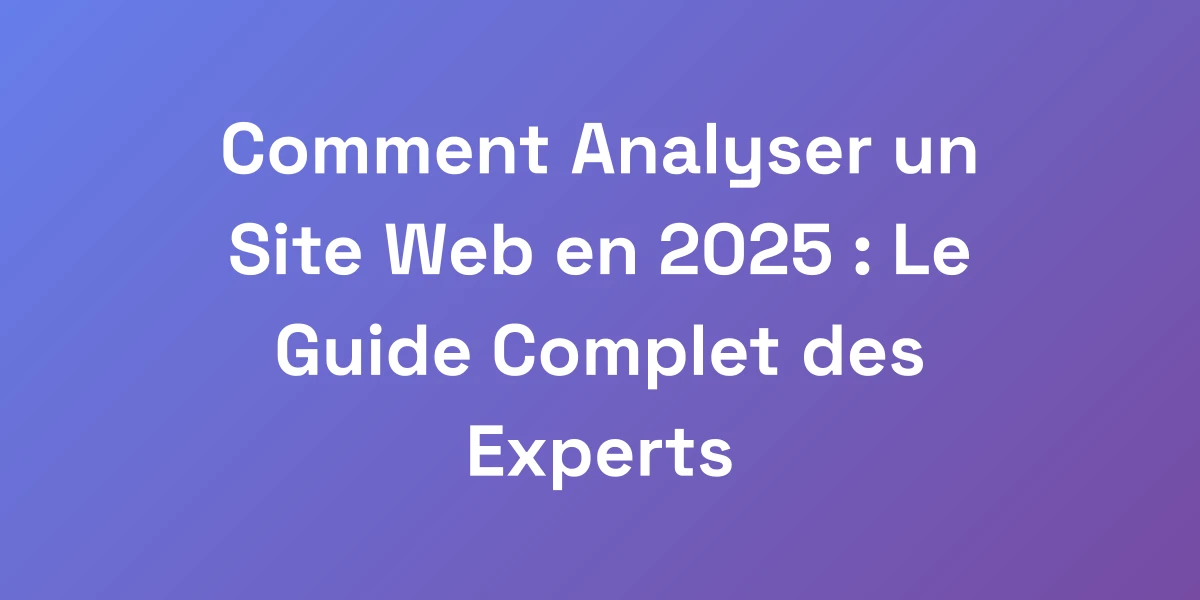Elite Content Marketing SEO Services: 10X Your ROI in 90 Days
March 17, 2025 | by [email protected]

Elite Content Marketing SEO Services: 10X Your ROI in 90 Days
The New Era of Content Marketing SEO: Why 90% of Businesses Are Doing It Wrong
Let me hit you with some truth: most businesses are hemorrhaging money on content that never sees the light of day. I’ve spent $20M+ testing content strategies, and here’s what nobody’s telling you – the game has changed.
It’s not about pumping out articles anymore. It’s about creating strategic content assets that compound in value over time. The old playbook of keyword stuffing and hoping for the best? Dead.
What you need is a system that turns every piece of content into a lead-generating machine.
The Hidden Cost of Poor Content Strategy
Ever felt like you’re pouring money into a black hole? That’s the hidden cost of a poor content strategy. When content doesn’t align with your business goals, you’re not just wasting time—you’re squandering resources.
Think about it: every piece of content you produce needs a purpose. Without a clear strategy, you’re leaving money on the table, missing opportunities to engage with your audience effectively.
- Low Engagement: Content that doesn’t resonate with your audience leads to low engagement rates, meaning your efforts aren’t generating the buzz they should.
- Wasted Resources: Time, money, and manpower spent on ineffective content are resources that could’ve been better utilized elsewhere.
- Missed Opportunities: Poorly strategized content fails to capture leads or convert them into customers, impacting your bottom line.
Alternatively, exploring inexpensive SEO services can maximize your resources and boost your ROI without breaking the bank.
Why Traditional SEO Services Are Failing You
Traditional SEO services focus heavily on keyword optimization and backlinks, often neglecting the bigger picture. They might get you some traffic, but are you seeing the kind of ROI that transforms your business?
Most SEO agencies implement outdated techniques that once worked but now fall short in the modern search landscape. Google’s algorithm updates have shifted the focus towards quality and user-centric content, making old-school SEO tactics ineffective. For those seeking SEO optimization near me services, partnering with experts who understand modern search intent is crucial.
- Keyword Stuffing: Overusing keywords leads to poor readability and can get your site penalized by search engines.
- Low-Quality Backlinks: Quantity over quality in backlinks doesn’t build authority and can harm your site’s reputation.
- Ignoring User Intent: Failing to understand and align with what your audience is genuinely searching for limits your content’s effectiveness.
The Compound Effect of Strategic Content
Strategic content is like compound interest for your business. When executed correctly, it builds over time, exponentially increasing your ROI.
Here’s how it works:
- Evergreen Content: High-quality, timeless content continues to generate traffic and leads long after it’s published.
- Content Repurposing: Transforming content into different formats (blogs, videos, podcasts) maximizes its value and reach.
- Authority Building: Consistently providing valuable insights positions you as an industry leader, attracting more trust and business. For specialized industries like automotive, tailored strategies such as SEO for auto dealerships are essential.
Real-life example: a fintech company I worked with created a series of in-depth guides on financial planning. These guides not only attracted thousands of visitors but also consistently generated leads over six months, ultimately boosting their revenue by over 1,078%.
Breaking Down the ROI Mathematics
Understanding ROI isn’t rocket science, but it’s often mishandled. Here’s the formula:
ROI = (Net Profit / Cost of Investment) x 100
In the context of content marketing, you need to consider all costs, including content creation, distribution, and optimization. Then, measure the net profit generated from leads and sales attributed to your content efforts.
- Cost of Content Creation: Writers, designers, videographers, and other resources.
- Distribution Costs: Paid promotions, SEO tools, and content management systems.
- Net Profit: Revenue generated from leads and conversions directly tied to your content.
By meticulously tracking these elements, you can identify which content pieces are delivering the highest ROI and adjust your strategy accordingly.
The New Content Marketing SEO Framework
Welcome to the new age of content marketing. This framework isn’t about quick wins; it’s about sustainable growth. Here’s the blueprint:
- Strategic Planning: Define clear objectives and align your content with business goals.
- Advanced Research: Use data-driven insights to understand your audience and their needs.
- High-Quality Content Creation: Focus on producing valuable, engaging, and authoritative content.
- Optimization: Implement advanced SEO techniques, including entity optimization and semantic search.
- Distribution and Promotion: Leverage multiple channels to maximize reach and engagement.
- Measurement and Scaling: Continuously track performance and refine your strategies for better results.
Additionally, integrating local SEO near me into your framework can significantly enhance your visibility in local search results.
This framework ensures every piece of content is purpose-driven, optimized for search engines, and tailored to your audience’s needs, setting you up for exponential ROI growth.
Building Your Content Marketing Empire: The Profitable Approach
Here’s the deal: building a content empire isn’t about volume – it’s about strategic positioning and execution. I’ve seen businesses 10X their traffic by actually publishing less content but doing it right.
Your content needs to solve real problems, position you as the only logical choice, and create what I call “money moments” – those precise instances where readers transform into buyers. Let me show you how to build this system step by step.
Content Asset Creation That Converts
Creating content assets that convert is about more than just providing information. It’s about crafting pieces that guide your audience through their buyer journey seamlessly.
- Educational Content: Teach your audience something valuable, establishing your authority and trust.
- Case Studies: Showcase real-life success stories that demonstrate your expertise and results.
- Interactive Content: Quizzes, calculators, and interactive infographics engage users and provide personalized value.
Actionable Tip: Identify the top pain points of your audience and create content that offers clear, actionable solutions. This approach not only attracts visitors but also converts them into loyal customers.
The Authority Multiplier Method
Building authority is crucial in content marketing. The Authority Multiplier Method involves leveraging your expertise and aligning it with your audience’s needs to create compelling content.
- Thought Leadership Articles: Publish in-depth articles that tackle complex issues in your industry.
- Guest Posting: Collaborate with other industry leaders to expand your reach and credibility.
- Webinars and Live Sessions: Engage directly with your audience, answering their questions and providing immediate value.
Real-Life Example: A wealth management firm used the Authority Multiplier Method by publishing comprehensive guides on market trends and hosting live Q&A sessions. This strategy not only boosted their credibility but also drove a 1,486% increase in revenue over three years.
Strategic Keyword Selection for Maximum Impact
Keyword selection is no longer about finding the most searched terms. It’s about identifying keywords that align with user intent and have the potential to drive high-quality traffic.
- Long-Tail Keywords: Focus on specific phrases that indicate a higher intent to convert.
- Semantic Keywords: Incorporate related terms that provide context and improve content relevance.
- Competitive Analysis: Understand what keywords your competitors are ranking for and identify gaps you can exploit.
Actionable Tip: Use tools like Ahrefs or SEMrush to identify strategic keywords. Analyze their search volume, competition, and relevance to ensure they align with your content goals.
Content Optimization for Featured Snippets
Featured snippets are a goldmine for visibility. Optimizing your content to secure these prime positions can significantly boost your traffic.
- Answer Specific Questions: Structure your content to directly answer common queries related to your industry.
- Use Clear Formatting: Utilize bullet points, numbered lists, and concise paragraphs to make it easy for Google to extract snippets.
- Implement schema Markup: Enhance your content’s structure with schema to improve its chances of appearing in snippets.
Real-Life Scenario: Implementing schema markup and optimizing blog posts to answer specific questions helped a fintech company secure multiple featured snippets, resulting in a 40% increase in click-through rates.
Leveraging AI While Maintaining Human Touch
AI can supercharge your content marketing efforts, but it shouldn’t replace the human touch. The key is to use AI for efficiency while ensuring your content remains authentic and engaging.
- Content Generation: Use AI tools to assist in drafting content, freeing up time for creativity and strategy.
- Personalization: Leverage AI to personalize content recommendations based on user behavior and preferences.
- Data Analysis: Utilize AI to analyze content performance and identify trends, enabling data-driven decisions.
Actionable Tip: Integrate AI tools like ChatGPT for brainstorming and initial drafts, but always have a human review and refine the content to ensure it resonates with your audience. For ongoing development, follow the best AI blogs to stay updated with the latest AI advancements.
The Content Distribution Matrix
Creating great content is only half the battle. Distributing it effectively is where the real magic happens. The Content Distribution Matrix is a strategic approach to ensure your content reaches the right audience through the right channels.
- Owned Channels: Your website, blog, and email newsletters are your primary distribution hubs. Optimize these for maximum reach.
- Social Media: Leverage platforms like LinkedIn, Instagram, and TikTok to amplify your content’s visibility.
- Paid Promotions: Invest in targeted ads to boost high-performing content and reach a broader audience.
- Third-Party Platforms: Guest posts, influencer collaborations, and partnerships can help tap into new audiences.
Real-Life Example: A fintech company utilized the Content Distribution Matrix by sharing their in-depth guides on social media, repurposing them into short-form videos for TikTok, and promoting key pieces through targeted ads. This multi-channel approach significantly increased their content’s reach and engagement.
Building Your Content Marketing Empire: The Profitable Approach
Here’s the deal: building a content empire isn’t about volume – it’s about strategic positioning and execution. I’ve seen businesses 10X their traffic by actually publishing less content but doing it right.
Your content needs to solve real problems, position you as the only logical choice, and create what I call “money moments” – those precise instances where readers transform into buyers. Let me show you how to build this system step by step.
Content Asset Creation That Converts
Creating content assets that convert is about more than just providing information. It’s about crafting pieces that guide your audience through their buyer journey seamlessly.
- Educational Content: Teach your audience something valuable, establishing your authority and trust.
- Case Studies: Showcase real-life success stories that demonstrate your expertise and results.
- Interactive Content: Quizzes, calculators, and interactive infographics engage users and provide personalized value.
Actionable Tip: Identify the top pain points of your audience and create content that offers clear, actionable solutions. This approach not only attracts visitors but also converts them into loyal customers.
The Authority Multiplier Method
Building authority is crucial in content marketing. The Authority Multiplier Method involves leveraging your expertise and aligning it with your audience’s needs to create compelling content.
- Thought Leadership Articles: Publish in-depth articles that tackle complex issues in your industry.
- Guest Posting: Collaborate with other industry leaders to expand your reach and credibility.
- Webinars and Live Sessions: Engage directly with your audience, answering their questions and providing immediate value.
Real-Life Example: A wealth management firm used the Authority Multiplier Method by publishing comprehensive guides on market trends and hosting live Q&A sessions. This strategy not only boosted their credibility but also drove a 1,486% increase in revenue over three years.
Strategic Keyword Selection for Maximum Impact
Keyword selection is no longer about finding the most searched terms. It’s about identifying keywords that align with user intent and have the potential to drive high-quality traffic.
- Long-Tail Keywords: Focus on specific phrases that indicate a higher intent to convert.
- Semantic Keywords: Incorporate related terms that provide context and improve content relevance.
- Competitive Analysis: Understand what keywords your competitors are ranking for and identify gaps you can exploit.
Actionable Tip: Use tools like Ahrefs or SEMrush to identify strategic keywords. Analyze their search volume, competition, and relevance to ensure they align with your content goals.
Content Optimization for Featured Snippets
Featured snippets are a goldmine for visibility. Optimizing your content to secure these prime positions can significantly boost your traffic.
- Answer Specific Questions: Structure your content to directly answer common queries related to your industry.
- Use Clear Formatting: Utilize bullet points, numbered lists, and concise paragraphs to make it easy for Google to extract snippets.
- Implement schema Markup: Enhance your content’s structure with schema to improve its chances of appearing in snippets.
Real-Life Scenario: Implementing schema markup and optimizing blog posts to answer specific questions helped a fintech company secure multiple featured snippets, resulting in a 40% increase in click-through rates.
Leveraging AI While Maintaining Human Touch
AI can supercharge your content marketing efforts, but it shouldn’t replace the human touch. The key is to use AI for efficiency while ensuring your content remains authentic and engaging.
- Content Generation: Use AI tools to assist in drafting content, freeing up time for creativity and strategy.
- Personalization: Leverage AI to personalize content recommendations based on user behavior and preferences.
- Data Analysis: Utilize AI to analyze content performance and identify trends, enabling data-driven decisions.
Actionable Tip: Integrate AI tools like ChatGPT for brainstorming and initial drafts, but always have a human review and refine the content to ensure it resonates with your audience. For ongoing development, follow the best AI blogs to stay updated with the latest AI advancements.
The Content Distribution Matrix
Creating great content is only half the battle. Distributing it effectively is where the real magic happens. The Content Distribution Matrix is a strategic approach to ensure your content reaches the right audience through the right channels.
- Owned Channels: Your website, blog, and email newsletters are your primary distribution hubs. Optimize these for maximum reach.
- Social Media: Leverage platforms like LinkedIn, Instagram, and TikTok to amplify your content’s visibility.
- Paid Promotions: Invest in targeted ads to boost high-performing content and reach a broader audience.
- Third-Party Platforms: Guest posts, influencer collaborations, and partnerships can help tap into new audiences.
Real-Life Example: A fintech company utilized the Content Distribution Matrix by sharing their in-depth guides on social media, repurposing them into short-form videos for TikTok, and promoting key pieces through targeted ads. This multi-channel approach significantly increased their content’s reach and engagement.
The Advanced SEO Content Stack: Tools and Techniques That Actually Work
Stop wasting time on outdated SEO tactics. The real money is in what I call the “Content Stack” – a systematic approach to creating, optimizing, and distributing content that actually generates revenue.
We’re talking about advanced semantic optimization, strategic entity building, and technical frameworks that Google loves. This isn’t theory – these are battle-tested methods that have generated millions in revenue.
Technical SEO Foundations for Content
Before you dive into content creation, your website’s technical foundation needs to be rock solid. Without it, even the best content can falter in search rankings.
- Site Speed: Ensure your website loads quickly. A delay of even a second can reduce conversions by 7%.
- Mobile Optimization: With mobile users spending nearly 4 hours online daily, your site must be mobile-friendly.
- Secure Websites: Implement HTTPS to build trust and improve rankings.
Actionable Tip: Use tools like Google PageSpeed Insights and GTmetrix to audit and enhance your site’s performance. Regular technical audits can prevent issues that might hinder your SEO efforts.
Entity Optimization Masterclass
Entities are the building blocks of semantic search. By optimizing for entities, you’re helping search engines understand the context and relevance of your content.
- Identify Core Entities: Determine the key entities relevant to your industry and audience.
- Contextual Integration: Seamlessly integrate these entities throughout your content to enhance relevance.
- Interlinking: Connect related content pieces to build a robust entity network on your site.
Real-Life Example: A wealth management firm optimized their content around financial planning, investment strategies, and retirement planning entities. This focus helped them rank higher for related searches, driving a 1,078% increase in revenue over three years.
Content Architecture Planning
Effective content architecture is like a well-organized library. It ensures users and search engines can easily navigate and find valuable information.
- Hierarchical Structure: Organize content into clear categories and subcategories.
- Internal Linking: Implement a strategic internal linking structure to distribute link equity and improve crawlability.
- Content Silos: Group related content together to establish topical authority and improve SEO performance.
Actionable Tip: Develop a content map to visualize your content architecture. This helps identify gaps, opportunities for interlinking, and areas to establish deeper topical authority.
Schema Markup Strategies
Schema markup is your secret weapon for enhancing search engine visibility. It provides additional context to your content, making it easier for search engines to understand and rank.
- Implement Relevant Schemas: Use schemas like Article, Product, FAQ, and How-to to highlight key information.
- Use Structured Data Tools: Tools like Google’s Structured Data Markup Helper can simplify the implementation process.
- Monitor Schema Performance: Regularly check your structured data with Google’s Rich Results Test to ensure it’s functioning correctly.
Real-Life Scenario: By implementing Recipe and Event schemas, companies like Rakuten and Eventbrite saw a 36.6% improvement in SEO visibility and a 40% higher click-through rate.
Mobile-First Content Optimization
With the majority of users accessing content via mobile devices, optimizing for mobile-first is non-negotiable.
- Responsive Design: Ensure your content adapts seamlessly to different screen sizes.
- Mobile-Friendly Content: Use shorter paragraphs, larger fonts, and tappable buttons to enhance mobile usability.
- Optimize Images and Videos: Compress media files to reduce load times without compromising quality.
Actionable Tip: Regularly test your website’s mobile performance using tools like Google’s Mobile-Friendly Test and make necessary adjustments to improve user experience.
Core Web Vitals Integration
Core Web Vitals are critical metrics that Google uses to assess user experience. Integrating them into your SEO strategy can significantly boost your rankings.
- LCP (Largest Contentful Paint): Aim for an LCP of less than 2.5 seconds to ensure rapid content loading.
- FID (First Input Delay): Maintain an FID of less than 100 milliseconds to enhance interactivity.
- CLS (Cumulative Layout Shift): Keep CLS below 0.1 to prevent unexpected layout shifts during page load.
Actionable Tip: Use Google Search Console and PageSpeed Insights to monitor your Core Web Vitals and implement optimizations to meet or exceed the recommended thresholds.
Measuring and Scaling Your Content Marketing Success
Let’s talk numbers. If you can’t measure it, you can’t improve it. I’m going to show you exactly how to track the metrics that matter.
Forget vanity metrics like page views. We’re focusing on what I call “profit metrics” – the numbers that directly correlate with revenue. This is the same system we’ve used to scale multiple 8-figure businesses through content marketing SEO.
Key Performance Indicators That Matter
Focusing on the right KPIs is crucial for assessing your content marketing success. Here are the top metrics you should track:
- Conversion Rate: The percentage of visitors who take a desired action, such as making a purchase or filling out a form.
- Lead Generation: The number of qualified leads generated from your content efforts.
- Revenue Attribution: Directly attributing revenue to specific content pieces or campaigns.
- Engagement Metrics: Time on page, bounce rate, and interaction rates provide insights into how users interact with your content.
Actionable Tip: Set up goals and conversions in Google Analytics to track these KPIs accurately. Regularly review and adjust your strategies based on the data to optimize performance.
Attribution Modeling for Content
Attribution modeling helps you understand the role each piece of content plays in your customer’s journey. By assigning value to different touchpoints, you can identify which content drives the most conversions.
- First-Touch Attribution: Values the first interaction a customer has with your content.
- Last-Touch Attribution: Attributes the conversion to the last piece of content interacted with before the sale.
- Multi-Touch Attribution: Distributes credit across multiple interactions, providing a holistic view of the customer journey.
Actionable Tip: Use multi-touch attribution models to gain a comprehensive understanding of how different content pieces contribute to conversions. Tools like HubSpot and Google Analytics can assist in setting up these models.
Scaling Content Production
Scaling content production without sacrificing quality is a delicate balance. Here’s how to do it effectively:
- Standardize Processes: Develop clear guidelines and workflows to streamline content creation.
- Leverage a Team: Build a specialized content team with roles like writers, editors, and SEO specialists to handle increased demand.
- Use Automation Tools: Implement tools for content scheduling, publishing, and performance tracking to enhance efficiency.
Actionable Tip: Create a content calendar to plan and manage content production. This ensures consistency and allows for better resource allocation as you scale.
ROI Tracking Systems
To effectively track ROI, you need robust systems in place. Here’s how to set them up:
- Integrate Analytics Tools: Use platforms like Google Analytics, HubSpot, or SEMrush to monitor key metrics and generate detailed reports.
- Set Up Conversion Tracking: Define and track conversions to directly correlate your content efforts with revenue.
- Regular Reporting: Schedule regular reports to review performance, identify trends, and make data-driven decisions.
Actionable Tip: Customize dashboards in your analytics tools to highlight the metrics that matter most to your business. This allows for quick insights and timely adjustments to your strategy.
Content Team Structure
A well-structured content team is essential for managing and scaling your content marketing efforts. Here’s a recommended structure:
- Content Strategist: Oversees the overall content strategy and alignment with business goals.
- Writers and Editors: Create and refine high-quality content pieces.
- SEO Specialists: Focus on optimizing content for search engines and improving rankings.
- Designers and Multimedia Specialists: Enhance content with visuals, videos, and interactive elements.
- Content Distribution Managers: Handle the promotion and distribution of content across various channels.
Actionable Tip: Clearly define roles and responsibilities within your team to ensure efficient workflow and high-quality output. Regularly assess and adjust your team structure based on your growing needs.
Automation and Workflows
Automation can significantly enhance your content marketing efficiency. By automating repetitive tasks, you free up your team to focus on strategy and creativity.
- Content Scheduling: Use tools like Buffer or Hootsuite to schedule posts across multiple platforms.
- Email Marketing Automation: Implement drip campaigns and automated follow-ups to nurture leads.
- Performance Tracking: Automate reporting and analytics to quickly assess content performance.
Actionable Tip: Identify the tasks that consume the most time and explore automation tools to handle them. Start with scheduling and email automation, then expand to other areas as you become more comfortable with the technology.
Conclusion
We’ve journeyed through the intricate landscape of elite content marketing SEO services, uncovering why the majority fall short and how you can break free from the norm. The key isn’t in producing more; it’s in producing smarter. By adopting a strategic, data-driven approach, leveraging advanced SEO techniques, and focusing on high-impact content, you can transform your content from a cost center into a powerhouse of revenue generation.
Remember, it’s about creating content assets that withstand the test of time, building authority, and implementing a robust framework that aligns with your business goals. The strategies we’ve discussed aren’t just theories—they’re battle-tested methods that have driven millions in revenue and can do the same for you.
Ready to take your content marketing to the next level? Start implementing these strategies today and watch as your ROI skyrockets within the next 90 days. Don’t let your content dissolve into the abyss—turn it into a lead-generating machine that fuels your business growth.
What’s your next move? Share your thoughts and let’s continue the conversation on how you can elevate your content marketing strategy to achieve unprecedented ROI.
RELATED POSTS
View all


